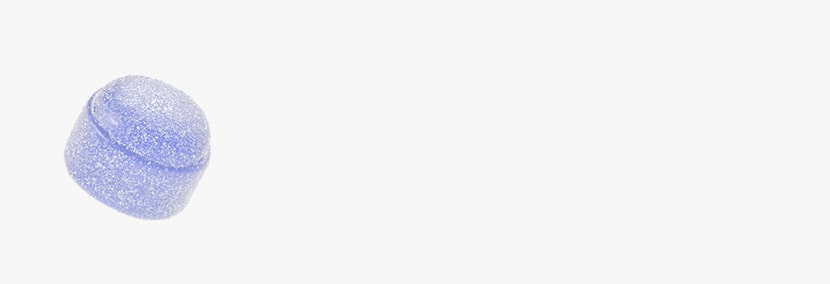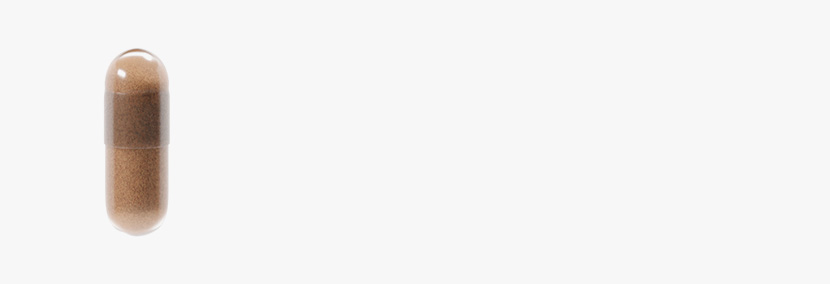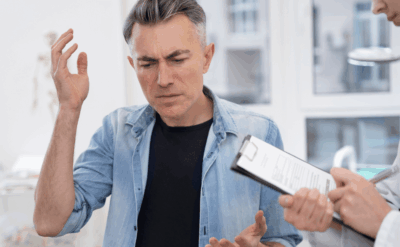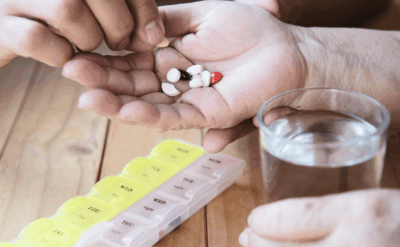Selegiline Dosage & Safety Guide: Important Care Tips
Selegiline is a prescription medication used mainly for managing symptoms of Parkinson’s disease and, in some cases, major depressive disorder. It belongs to the class of selective monoamine oxidase type B (MAO-B) inhibitors, which work by increasing dopamine levels in the brain. Higher dopamine availability improves mood regulation and supports better motor control.
Because Selegiline directly influences brain chemistry, following correct medical advice is essential. Understanding dosage, safety precautions, and possible side effects can help patients use this medication more effectively. This guide explains the most important details, including Selegiline dosage guidelines, potential adjustments, and tips for safer use.
How Selegiline Works
Selegiline prevents the breakdown of dopamine, a neurotransmitter responsible for movement, motivation, and emotional balance. By maintaining higher dopamine levels, it can:
- Drastically improve motor symptoms such as tremors, stiffness, and slowed movement in Parkinson’s disease.
- Support mood stability in individuals with treatment-resistant depression.
Although effective, Selegiline must be prescribed and monitored by a healthcare professional to reduce risks and maximize benefits.
Selegiline Dosage Guidelines
The right dosage depends on the condition being treated, the patient’s age, medical history, and other medications being taken. The following information provides general reference points but should not replace professional medical advice.
Selegiline for Parkinson’s Disease
Typical Selegiline dosing for Parkinson’s starts at 5 mg taken once daily in the morning. Doctors may then increase the regimen to 5 mg twice daily, usually in the morning and at midday.
- The maximum dose is usually 10 mg per day.
- Newer formulations may be effective at lower doses due to improved absorption.
- Evening use is discouraged, as Selegiline can interfere with sleep.
Patients may also receive this medication alongside levodopa or other Parkinson’s therapies. The Selgin tablet is one commonly prescribed form available through licensed pharmacies.
Selegiline for Major Depressive Disorder
For depression, Selegiline is prescribed as a transdermal patch rather than a tablet.
- The initial dose is 6 mg per 24 hours.
- Depending on patient response, doctors may increase the dose to 9 mg or 12 mg per 24 hours.
- Because the patch bypasses the digestive system, dietary restrictions are less strict than with oral forms of the drug.
Adjustments to Dosage
Some patients require dosage modifications:
- Older adults: Lower doses may be appropriate due to slower drug metabolism.
- Kidney or liver impairment: Reduced dosing may be needed to avoid drug accumulation.
- Medication interactions: Adjustments may be necessary when patients use antidepressants, pain relievers, or certain cold remedies that can interfere with Selegiline.
All changes to dosage should only be made under medical supervision.
Selegiline Safety Precautions
Safe use of Selegiline requires careful attention to potential risks. Following medical instructions closely helps prevent complications.
Food Interactions
At low doses, Selegiline primarily targets MAO-B enzymes, which usually do not require strict dietary restrictions. At higher doses, however, it can affect MAO-A enzymes as well, which increases sensitivity to foods containing tyramine. Eating high-tyramine foods while on high-dose Selegiline can trigger a dangerous rise in blood pressure.
Examples of foods to limit or avoid at higher doses include:
- Aged cheeses
- Cured or smoked meats
- Fermented foods such as sauerkraut or soy products
- Certain alcoholic beverages, especially draft beer
The transdermal patch at lower doses may involve fewer dietary concerns, but patients should always confirm details with their doctor.
Drug Interactions
Selegiline must not be combined with:
- Other MAO inhibitors
- Tricyclic antidepressants, SSRIs, or SNRIs (risk of serotonin syndrome)
- Some opioid painkillers, such as meperidine or tramadol
- Medications that stimulate the nervous system or raise blood pressure
Patients need to provide their doctor with a complete list of current prescriptions and supplements before beginning Selegiline.
Medical Conditions to Monitor
Individuals with the following conditions require extra caution:
- High blood pressure
- Irregular heart rhythm
- Liver or kidney disease
- Bipolar disorder or other psychiatric conditions
Timing of Doses
Because Selegiline can act as a stimulant, doses should be taken early in the day. If prescribed twice daily, the second dose should be scheduled before 2:00 p.m.
Selegiline Side Effects and Adjustments
Like all medications, Selegiline can cause side effects. These may range from mild to more serious, depending on the individual.
Common Side Effects
- Nausea
- Dry mouth
- Dizziness or light-headedness
- Insomnia
- Headaches
Less Common but Serious Side Effects
- Chest pain or irregular heartbeat
- Severe headaches
- Involuntary movements, particularly when combined with levodopa
- Confusion or hallucinations
Any severe symptoms should be reported to a doctor immediately.
Adjustments for Side Effects
Doctors may recommend several strategies to manage side effects:
- Lowering the dose
- Switching to a different formulation, such as the patch instead of tablets
- Adjusting other medications in the treatment plan
Practical Advice for Safer Use
Following practical steps helps patients benefit from Selegiline while reducing risks.
- Take medication exactly as prescribed. Do not adjust dosage without approval.
- Avoid alcohol, which can worsen dizziness and drowsiness.
- Monitor blood pressure regularly, especially at higher doses.
- Report mood swings, anxiety, or unusual behavior to your doctor.
- Store tablets or patches in a cool, dry place away from direct sunlight.
When to Seek Immediate Medical Attention
Certain reactions require urgent medical help. Stop taking Selegiline and call a doctor or emergency services if you experience:
- Sudden high blood pressure
- Chest discomfort or shortness of breath
- Severe headache with a stiff neck
- Seizures
- Allergic reactions, including rash, swelling, or difficulty breathing
Conclusion
Selegiline is an important treatment for Parkinson’s disease and some cases of depression. By following proper Selegiline dosage guidelines and working with a healthcare provider, patients can manage symptoms while minimizing risks.
For patients prescribed this medication, professional guidance is always the most reliable resource. Etizolab.com provides access to regulated medications along with other options, such as Etizolam for sale, for those exploring related treatments under medical supervision.
Selegiline can play a meaningful role in improving quality of life when used responsibly and with careful attention to medical advice.







